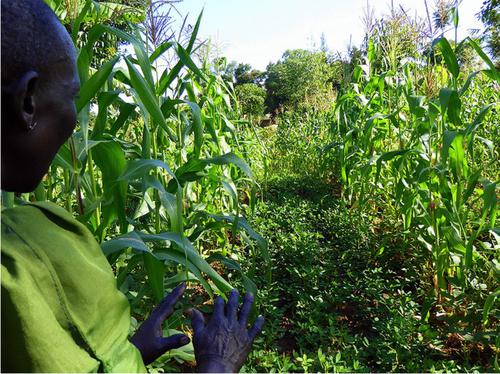Farmer responses to an input subsidy and co-learning program: intensification, extensification, specialization, and diversification?
Abstract
Abstract
Sustainable intensification aims to increase production and improve livelihoods of smallholder farmers in sub-Saharan Africa. Many farmers, however, are caught in a vicious cycle of low productivity and lack of incentives to invest in agricultural inputs. Moving towards sustainable intensification therefore requires support such as input subsidies and learning about new options through, for instance, co-learning approaches. Yet such support is not straightforward as agricultural developments often diverge from the envisaged pathways: extensification may occur instead of intensification and specialization instead of diversification. Understanding of farmers’ responses to incentives such as input subsidies and new knowledge is lacking. Our overarching aim was to improve this understanding, in order to better support future pathways for agricultural development in smallholder farming. Over five seasons, we compared the responses of farmers in western Kenya taking part in a novel co-learning program we developed, which included provision of an input voucher, with the responses of farmers who only received a voucher. We also assessed the differences before and during the program. We used diverse indicators that were related to the different agricultural development pathways. Farmer responses were mainly a result of the input voucher. Farmers increased maize yields (intensification) and maize area (specialization) for maize self-sufficiency. Increased farm and maize areas in combination with relatively low N application rates also pointed to extensification coupled with the risk of soil N mining. Diversification by increasing the soybean and groundnut area share was facilitated by the integrated co-learning approach, which thereby supported relatively complex farm management changes. Our results highlight the difficulty of enabling yield and production increases, while also meeting environmental and economic goals. The diversity of farmer responses and constraints beyond the farm level underlined the importance of wider socio-economic developments in addition to support of sustainable intensification at farm level.


 求助内容:
求助内容: 应助结果提醒方式:
应助结果提醒方式:


